

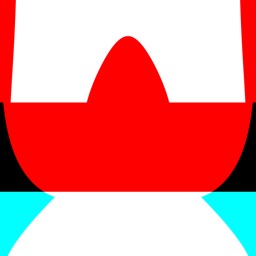

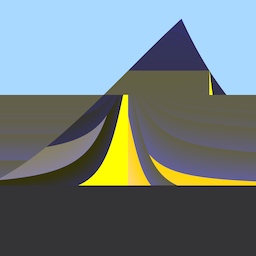
 |
 |
 |
 |
 |
| GP 4.694 | VC 6.572 | TM 4.374 | OH 4.896 | MP 4.725 |
Many of the artworks resemble minimalist art, where the subject is suggested with simple patters of colors and shapes.
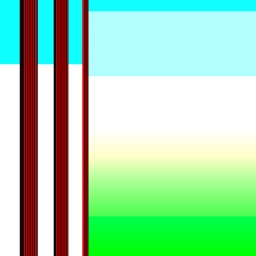 |
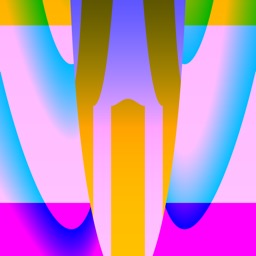 |
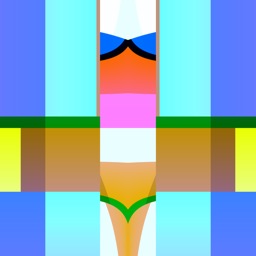 |
 |
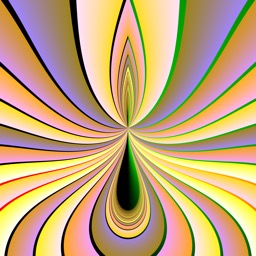 |
| GG 4.365 | ND 6.106 | TM 4.693 | SB 4.877 | AO 4.784 |
The artist may also produce an abstract rather than figurative rendition of the subject. Taj Mahal 4.693 looks rather like a bird, totem pole or kite; yet, it does preserve certain (perhaps, unexpected) visual features of the actual Taj Mahal. The colors and shapes of Saint Basil's Cathedral are creatively recombined in Saint Basil's 4.877: a central dome with a spire (depicted in red) appears to be flanked by two smaller, striped domes, with a couple of wispy white clouds, and black corners for the surrounding trees; blue, pink and yellow ribbons capture the colors of the blue dome, reddish towers and light colored base, while the green stripes reflect the green of the statue, the gables and the small tented roof.
 |
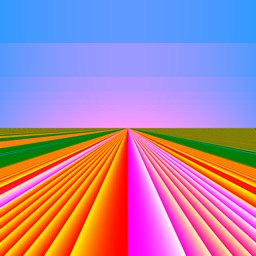 |
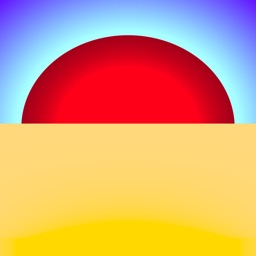 |
 |
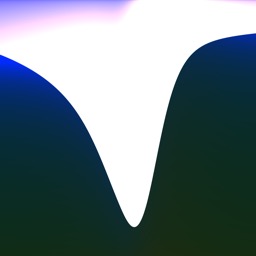 |
| MP 6.295 | TM 6.350 | GP 6.401 | GG 4.685 | MP 6.408 |
Like humans, convolutional neural networks often respond to relative rather than absolute color. The artist can take advantage of this by using vibrant, fauvist colors. Other images are almost black-and-white in nature, but catch our attention through contrast and shading. Edges of objects may be enhanced in order to please the critic, thus adding a halo effect or even a luminous quality to the subject.
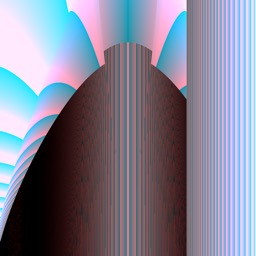 |
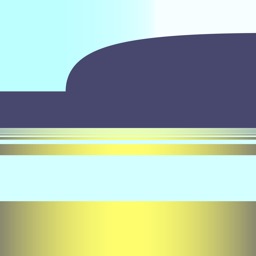 |
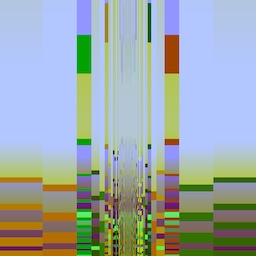 |
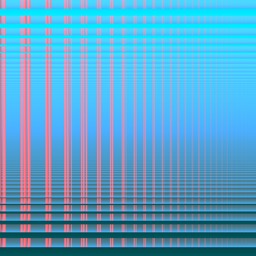 |
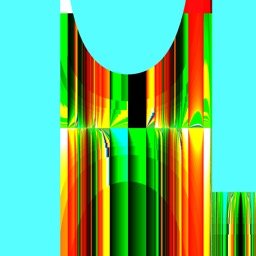 |
| SB 4.379 | MP 4.735 | GG 6.573 | ND 4.159 | ND 6.285 |
Selective pressure for low algorithmic complexity often entices the artist to employ self-similarity or fractals, sometimes recognizable as fractal art or psychedelic art. Horizontal self-similarity can be used to simulate topography or waves and ripples on the water. Fractal geometry is used in Golden Gate 6.573 to tease the mind of the observer in a manner similar to the works of M.C. Escher - we cannot quite discern where the sky meets the sea, or where a real beam ends and its reflection begins. Notre Dame 4.159 has a distinctive rectangular fractal structure, while the fractal imagery in Notre Dame 6.285 gives the appearance of stained glass or glass art.
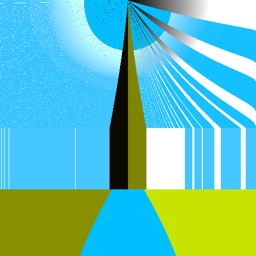 |
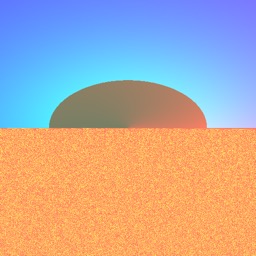 |
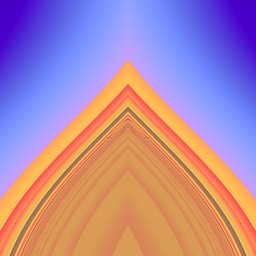 |
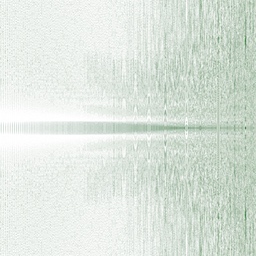 |
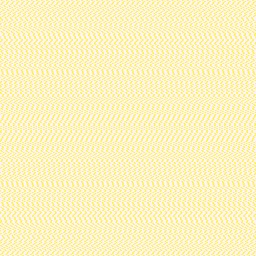 |
| ET 4.755 | GP 6.94 | GP 4.800 | VC 4.430 | TM 6.239 |
Sometimes the R,G,B values become extremely sensitive to changes in the x, y coordinates, producing a kind of pointillism. We can see a stardust effect in Eiffel Tower 4.755, or the impression of a vast sandy desert in Great Pyramid
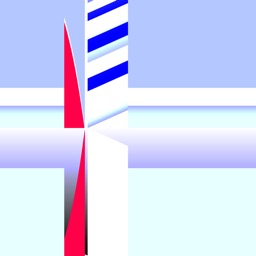 |
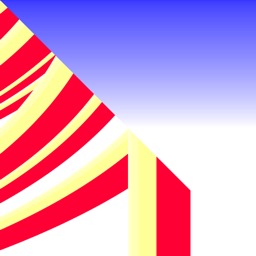 |
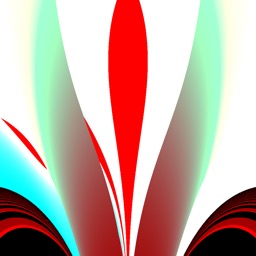 |
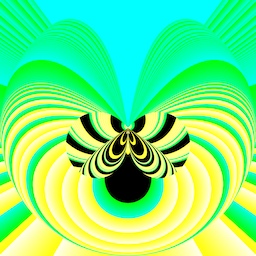 |
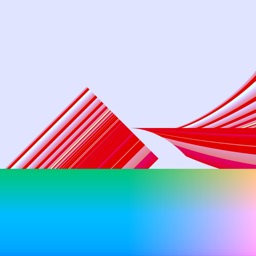 |
| GG 4.887 | GG 6.221 | SB 4.478 | AO 4.502 | VC 6.214 |
An image evolved to resemble one thing may end up reminding us of something else. Golden Gate 4.887 and 6.221 resemble a sailing rig and a collection of colored scarves hanging on a line. Saint Basil's 4.478 has a flower-like quality, while Angel Oak 4.502 looks more like a psychedelic insect than an oak tree. One of the most intriguing metaphors appears in Venice 6.214 where a row of buildings along the Grand Canal has been rendered to look like a sailing ship. If we look closely at an actual image of the Grand Canal we can start to understand how the artist may have "mistaken" a triangular roof in the center of the image for the prow of a ship, the buildings to its right for the hull, and the sloping roofs above for the sails. This example neatly illustrates the ability of the adversarial artist/critic system to surprise us by discovering connections and similarities that may otherwise have escaped our notice.
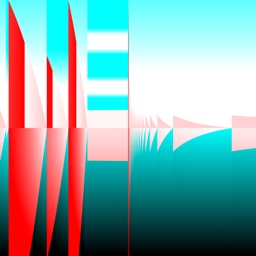 |
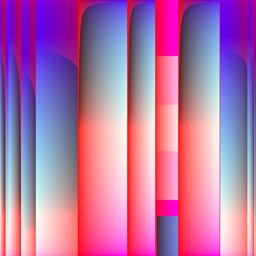 |
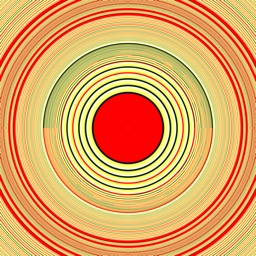 |
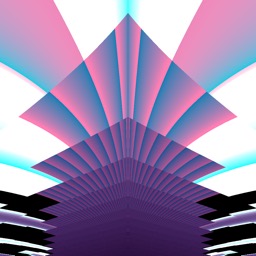 |
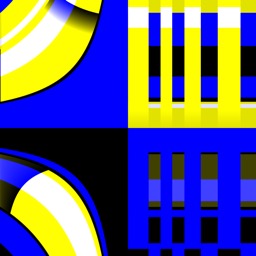 |
| GG 4.905 | ND 4.592 | AO 4.672 | SB 4.280 | AO 6.116 |
In many cases we see substructures repeated within an image, but with minor variations. These imperfectly repeated substructures give the impression of having arisen organically through some natural process. The fine details of the tree rings in Angel Oak 4.672 are so realistic that we can almost smell the sawdust! Looking again at Venice 6.214, we see the formless mass on the left appears to have been broken down and reconfigured into the sailing ship on the right; if we were to take the liberty of anthropomorphising the artist, we might be tempted to say that this work symbolises the use of raw materials to construct a fabricated object.
 |
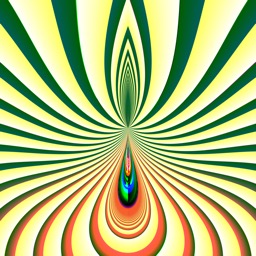 |
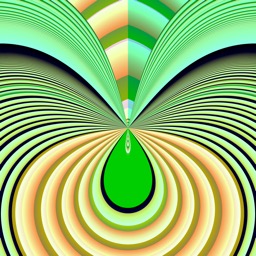 |
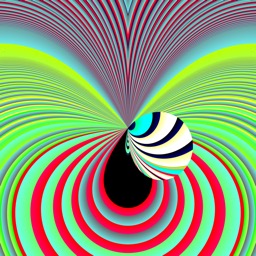 |
 |
| AO 4.784 | AO 4.763 | AO 4.560 | AO 4.954 | AO 4.502 |
The code for all previous images in the gallery is made available for genetic re-combination, allowing the artist to revisit and further develop earlier themes.
Here are links to the full set of images for selected landmarks (fed to the critic at resolution 48×48). "Gallery" displays the images in the order in which they were generated and added to the gallery. "Tree" displays the same images arranged in a tree structure, where the parent of each image is defined to be, among the previously generated images, the one whose code is closest (according to the Levenshtein edit distance) to the code for generating the current image.
Note:
You might need to resize or "Zoom Out" in your browser in order to
view the images effectively.
Click on an individual image to see a larger version.
For each image in the tree, the first child of that image is placed
immediately to its right; additional children
are arranged vertically underneath the first child.
This project has demonstrated the ability of an autonomous artist to create abstract artworks based on famous landmarks. The art is not constrained by human input, but instead emerges naturally from a tradeoff between the selective pressure for low algorithmic complexity and the imperative to fool the critic - thus giving the artist freedom to create images in its own intrinsic style. Nevertheless, we can recognize certain fundamental elements associated with influential art movements of the 19th and 20th Century including minimalism, impressionism, fauvism, pointillism and suprematism as well as psychedelic and fractal art. The adversarial tension between the evolutionary artist and the deep learning critic leads to a creative coevolutionary dynamics which continues to surprise and delight us.